Hanut Singh, 51, is just back from a trip to Fatehpur Sikri and Agra. “I can’t even begin to tell you how moved I was,” says the jewellery designer. “Even though I’ve been there many times, it feeds my soul. There’s such a strong feeling of déjà vu.” This resonance with the architecture of the period, its beauty and symmetry reflect in his designs.
I first met Hanut in 2005, before he became the darling of international and Indian elite, as a guest of his uncle Martand ‘Mapu’ Singh at the grand reopening of the Chowmahalla Palace in Hyderabad. The cultural icon and textile revivalist — whose aesthetic eye fuelled many of India’s important diplomatic heritage missions — had an incredibly deep knowledge of gems and jewellery. And he spoke often of his nephew, who shared his love of jewels and inherited his sense of refinement.
“I was obsessed with stones and jewellery since I was like four or five years old,” says Hanut, who hails from the famous first family of Kapurthala in Punjab. The jeweller in him was born early, with everyone from his great-grandfather Maharaja Jagatjit Singh to his beautiful grandmother Sita Devi and his mother, the vivacious Nina Singh, discussing and acquiring jewels from Cartier, Mainbocher, and Schiaparelli.
“I think two types of people like my jewellery: those with an artistic bent of mind and those who come looking for the smash hits like the daggers and the tiger claws.”Hanut Singh
Enduring talismans
As a designer, Hanut draws inspiration from many sources: historic architecture, travel memories, his royal lineage, his love of nature, and an undeniable connection to the divine. By the time I met him at a royal Udaipur wedding nine years later, in 2014, his love of architecture had translated into crisp linear proportions in his jewels. I remember his sister Devaki wearing a pair of his diamond, emerald and white topaz drop earrings to an event and drawing admiring glances. Partial to the Art Deco and Mughal periods, his mobile earrings, pendants and rings can be spotted at the world’s most chic gatherings and fashion photoshoots. His talismans already have a cult following. The dagger pendants, for example, are popular with every age group from Isha Ambani Piramal to Sharon Stone.
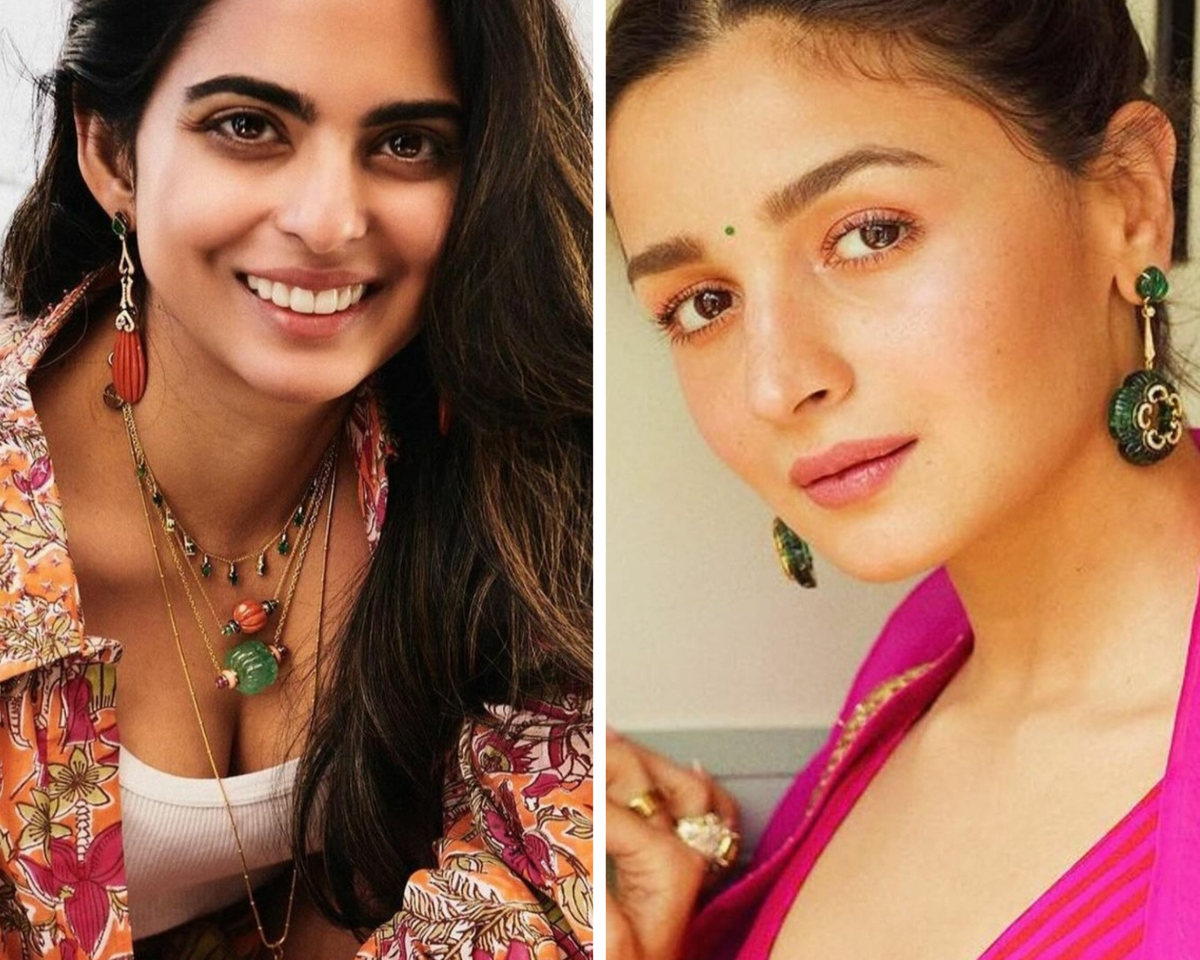
Isha Ambani Piramal and Alia Bhatt in Hanut’s jewellery
“There are so many levels to my process, but often I see a stone and I know what I am going to do with it. Exactly. And very quickly,” he says. “Then again, sometimes I love an idea or a motif and then I find stones to work with it in a manner, like the movement of a leaf.”
Perfecting his craft
Interestingly, he does not have a store. “I don’t want to be tied down to a shop,” he laughs, adding that he is lucky he has fantastic representatives — not just in India, but in cities such as New York (Fred Leighton) and Los Angeles (Roseark). In fact, he knows where every single piece goes and who owns it, remarkable in a career that spans two decades.
However, behind the self-taught designer’s confidence is a lot of hard work. Early in his career, for nearly 15 years, he travelled extensively to international fairs around the world, to learn and search for unique stones (incidentally, rock crystals, with its professed grounding properties, dot his home). He also painstakingly built his own network of associates that now support his business.
Hanut Singh with his dogs
| Photo Credit:
Shashi Shekhar Kashyap
While he meticulously maintains an archive to share with the world one day, for now he feels he is too much of a “newbie”. Perhaps it is this conscious humility that makes him successful.
1. Mind the curves
Hanut’s signature dagger and sword pendants are perhaps the most iconic of his jewellery. Leaning into his royal lineage, he sees them as protective talismans. They are bejewelled and suffused with detail. He says, “They just sell. But I do realise that people like them because they represent chic, classy and cool. They are worn by women with spirit and personal style.”
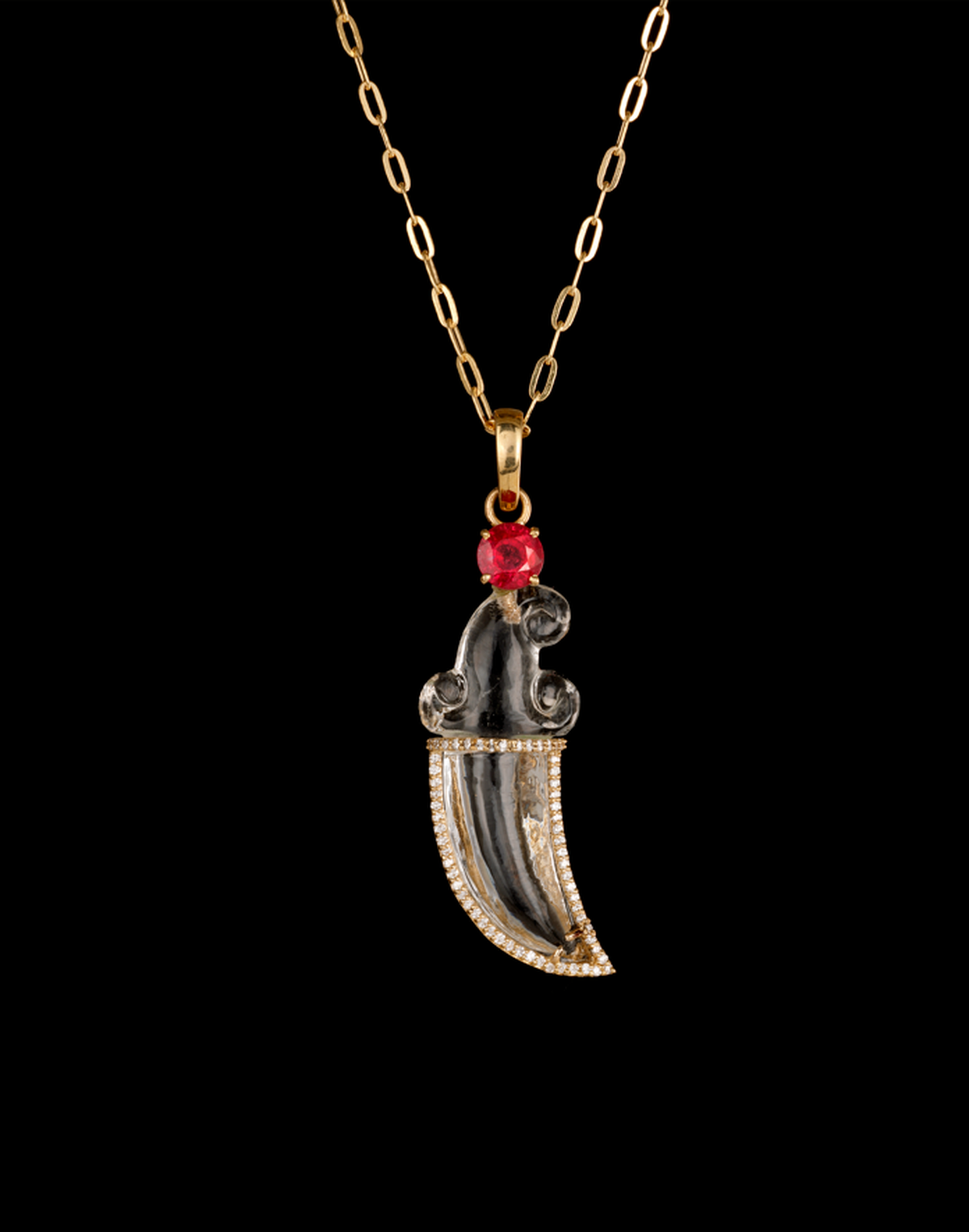
2. Winged power
“Freedom is essential to my soul. It is vital for creativity, to move, live and soar. I have tattooed ‘Freedom of my soul’ on my forearm. This piece, with its soaring angel wings and triangular cusps topped with red rubies provide a perfect foil for two perfectly matched pendant pearls. It balances luxury, freedom and movement.”
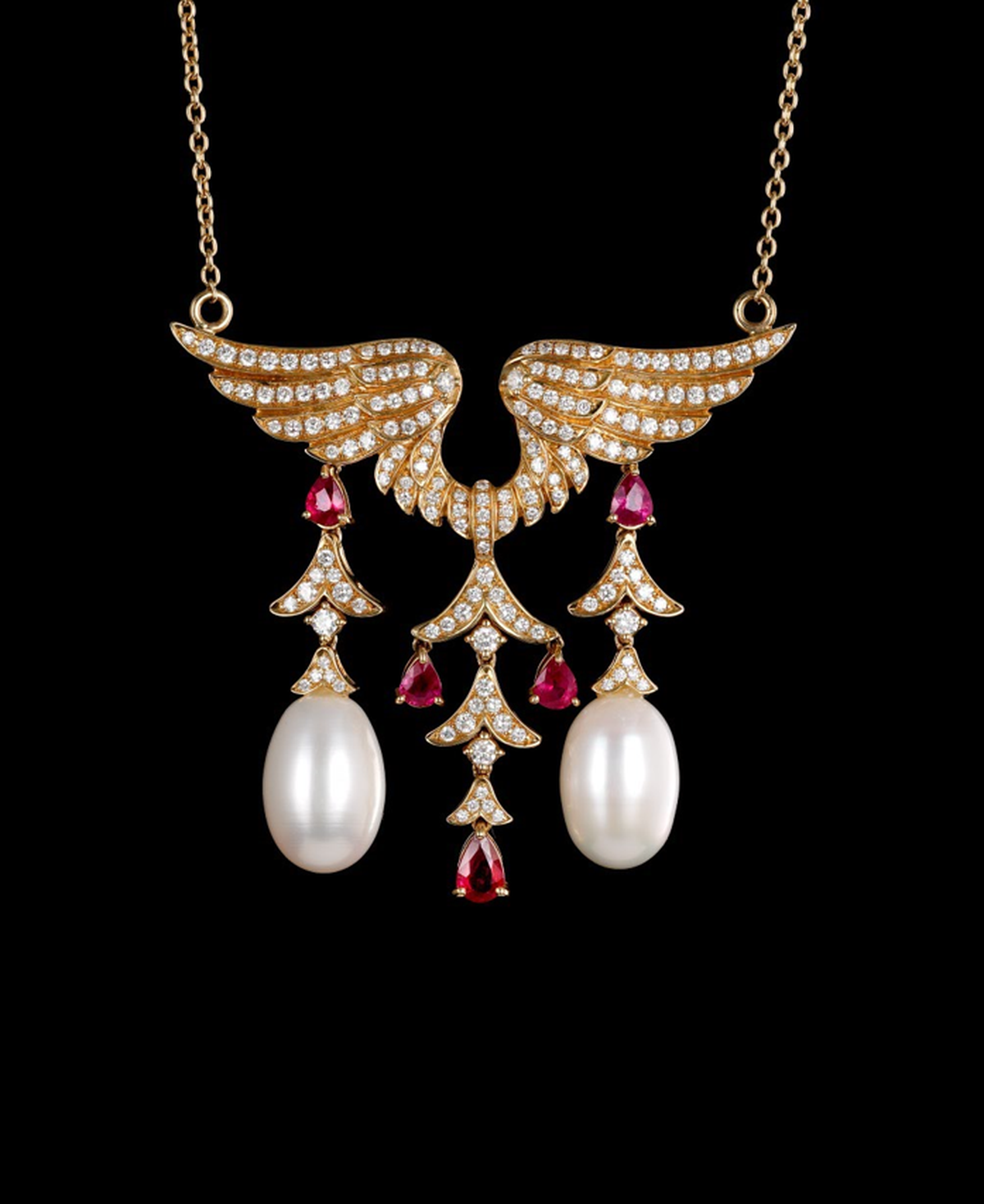
3. Arched in perpetuity
“Marvelling at the architecture in Agra, where red sandstone complements intricate pierced jaali work and pietra dura in marble, I am transported. It’s such a symphony of Rajput and Persian styles.”
* A multifoil arch cocoons a spray of emerald flowers in this stunning pendant that pays homage to the beauty and symmetry of Mughal architecture.
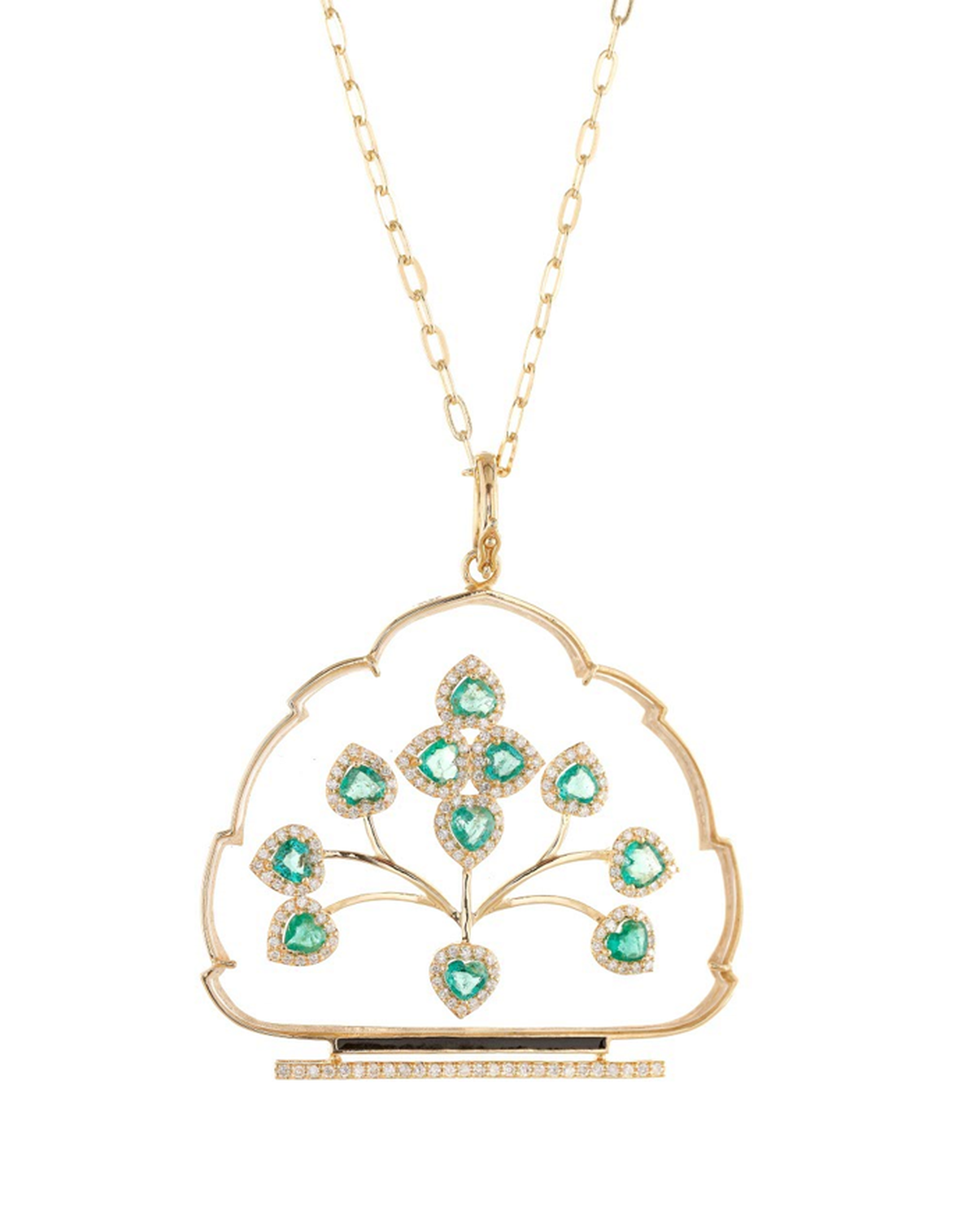
* A touch of whimsy in oval Italian shell cameos in delicate peach and a stunning two stone open ring reflect his love for the Art Deco period.
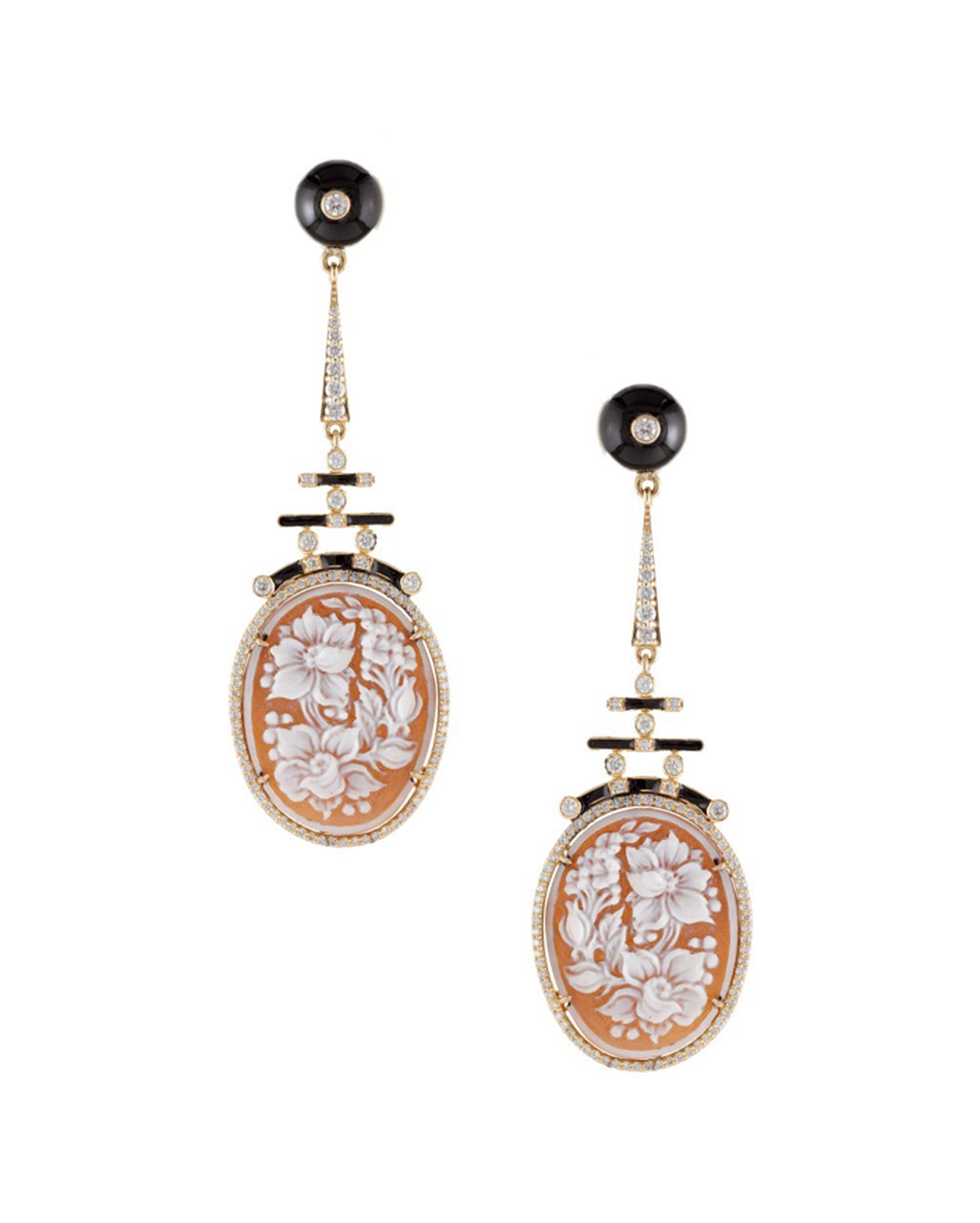
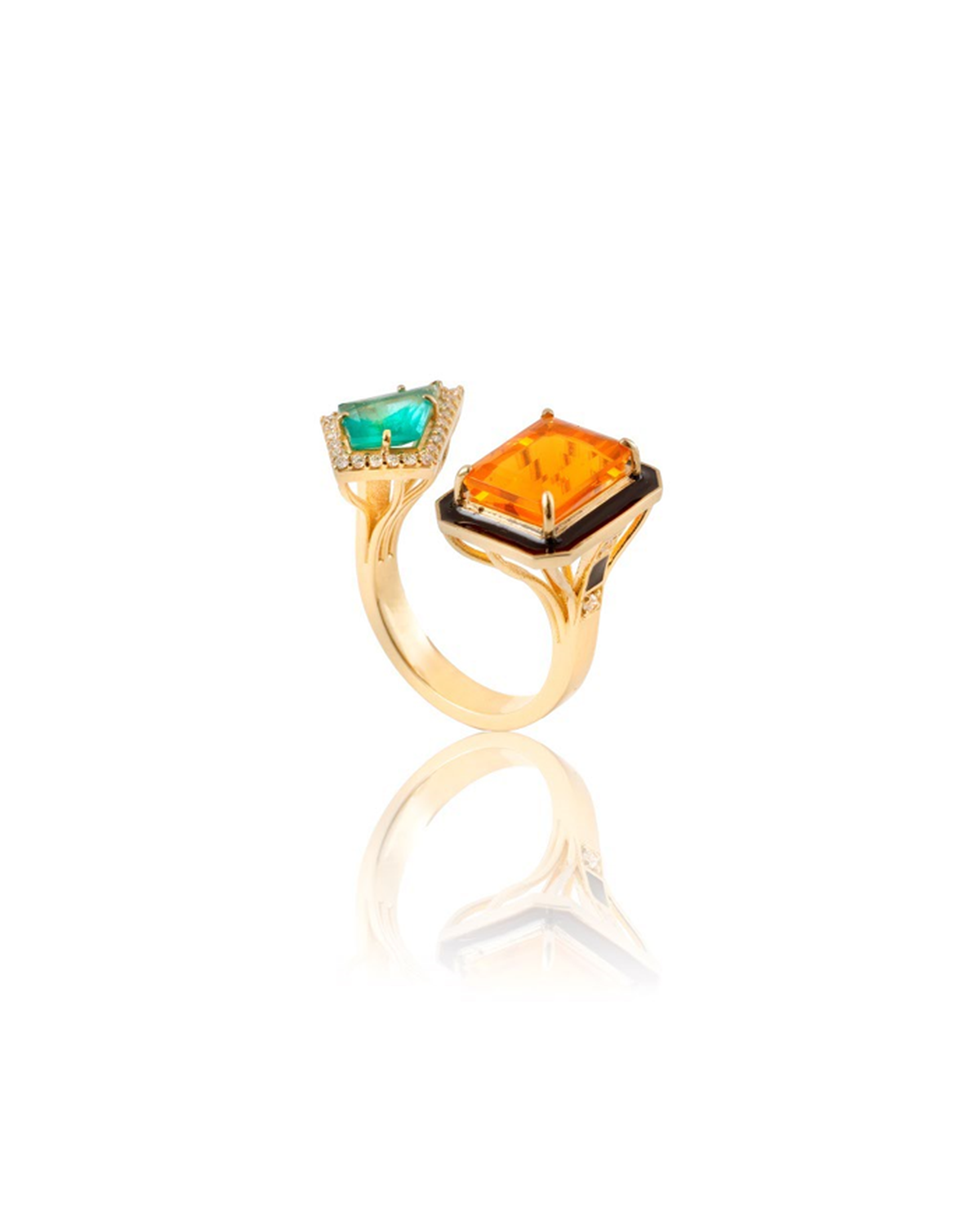
The writer is the founder-director of Eka Archiving Services.






